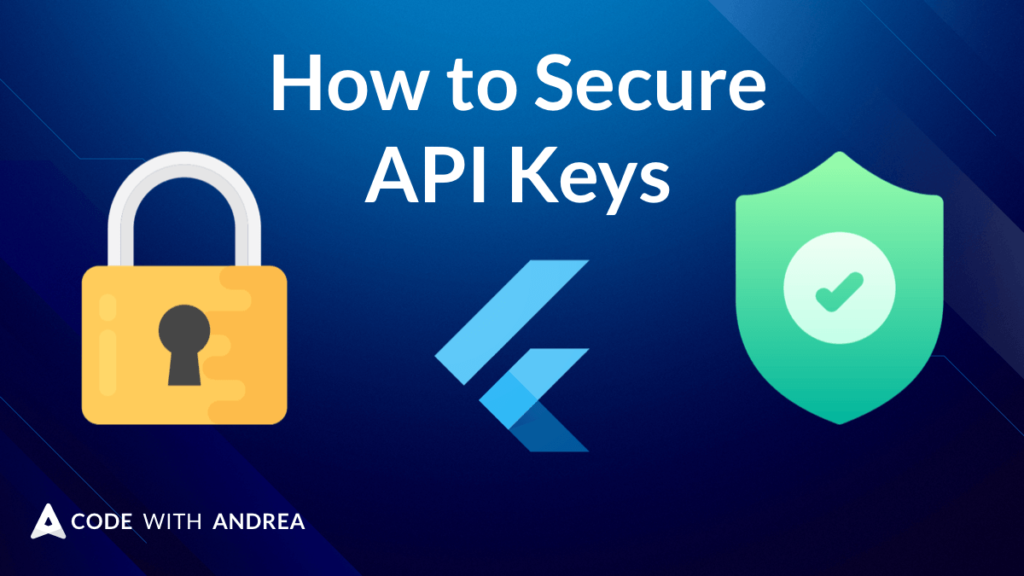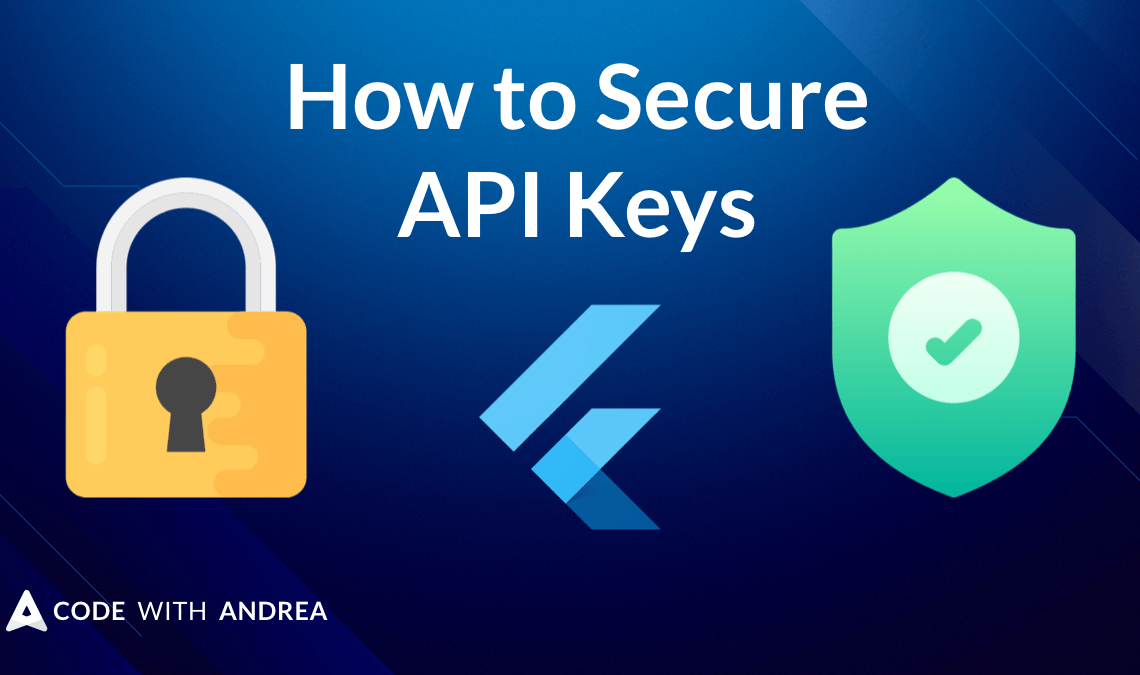
When you hear about API (Application Programming Interface) keys, you may not be familiar with what they are or what they’re used for. API keys allow a service to authenticate your access to the service from your application. This means that with an API key, developers can interact with a technology platform by writing code to connect various applications together.
An API key identifies the user and enables an application to access publicly available data or services shared by the platform developer. It also allows the developer to access restricted application functions and data, making the apps more powerful and easier to use. API keys are especially popular among software developers, as they offer a secure way to authenticate a user’s identity and provide them access to private data and functions while protecting those data and functions from unauthorized use.
In the simplest terms, API keys are credentials used by developers to make requests from an API (Application Programming Interface). They are generally generated in the form of strings of special characters that serve as authorization tokens. Depending on the API provider, API keys might have different names such as Application ID or Key ID for example. It also depends on how protected you would like your app’s tokenized data and functions to be, as there are different levels of security when it comes to using an API key. When it comes down to it, an API key provides developers with secured access by using their own credentials for their applications when accessing resources associated with their accounts through an API provider’s programmatic interface or third-party services connecting companies quickly and easily with other digital systems like cloud storage platforms or social media applications etc…
When talking about other uses regarding APIs, some companies may want customize their technology in order to improve efficiency such as requesting vendors’ catalogues in e-commerce stores wherein company owners can synchronize inventory systems surrounding the vendor catalogue in order personalize the customer experience like never before. So depending on how secure those companies want their information handled will determine how much authentication is necessary which can determine how many additional appliances need be added in order keep their service safe which is where APIs come into play because that’s where developer create these specific resources development tools specifically tailored for customer needs using either intrusive least privileged security model (ILP) which most usually requires more than just password authentication or Non-intrusive least privilege (NLp) which requires merely presence of security token so that customers don’t need frequently login by authorizing customers via web browsers where customer has but only type username password for once sake of establishing valid session than login confirmation receive one time token grant quick access work easily without need re-authenticating themselves each sudden activity on account APIs require certain type of input order process calls go through restful webservice hence why organization must make well aware importance A3I security enabled through these various devices need prior authentication since they storing user’s account information coupled regarding value sensitive data encryption requisite being long unique string cryptographic random characters truly make authorization secure knowing someone else every random accessing personal sensitive account even if unauthorized person gain hold valid passphrase right resources nobody else supposed know exist
In conclusion, an API key is important because it allows developers quick and easy access to resources available online while keeping them safe from unauthorized users. By authenticating user requests with this method, developers can ensure that only users with authroization can interact with specific APIs associated with individual company accounts or services accordingly.
